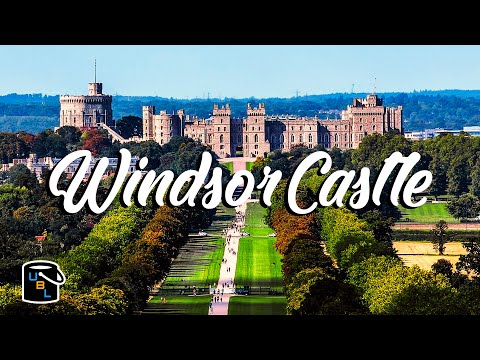
Nestled in the quaint, historic town of Windsor in Berkshire, Windsor Castle stands as the oldest and largest occupied castle in the world. With a history that spans over a millennium, the castle is not only one of the official residences of Her Majesty The Queen but also a symbol of British heritage and architectural grandeur. A tour of Windsor Castle offers visitors an unparalleled glimpse into royal life, British traditions, and stunning artistry, making it a must-visit destination on any England travel itinerary.
#### The History of Windsor Castle
Windsor Castle’s story begins in the 11th century during the reign of William the Conqueror. Built initially to secure the western approach to London, it has since witnessed numerous historical events and transformations. Over centuries, monarchs have renovated and expanded the castle, using it both as a fortress and a luxurious home. Notably, Queen Elizabeth II chose Windsor as her weekend retreat — a place she favored for its tranquility and privacy.
#### What to Expect on Your Windsor Castle Tour
A tour through Windsor Castle encompasses several key areas, each rich with history and splendor:
1. **The State Apartments** – These lavishly furnished rooms are still used for state occasions and royal receptions. Here visitors can marvel at artworks by Rembrandt, Rubens, and other masters in rooms adorned with gilded ceilings and ornate fixtures.
2. **St George’s Chapel** – This site is not only a place of worship but also the resting place for ten monarchs including Henry VIII and his third wife Jane Seymour. It is a prime example of Gothic architecture with its fan-vaulted ceilings and beautiful stained glass.
3. **Queen Mary’s Dolls’ House** – Crafted with astonishing detail, this dollhouse features working lifts, running water, electricity, and miniature replicas of crown jewels.
4. **The Semi-State Rooms** – Open to visitors during autumn and winter months when The Queen does not reside at Windsor, these rooms are among the most opulent interiors designed by Regency architect Jeffry Wyatville.
5. **The Changing Guard Ceremony** – Depending on timing (usually on Tuesdays, Thursdays, or Saturdays), tourists can witness this traditional military parade characterized by pompous music and marches – an emblematic representation of England’s royal heritage.
#### Practical Information for Visitors
Before visiting Windsor Castle:
– **Tickets**: It’s advisable to purchase tickets in advance from the Royal Collection Trust website.
– **Opening Hours**: Check current opening times as they can vary throughout seasons; typically, March to October is considered summer opening hours.
– **Getting There**: Easily accessible via train from London Waterloo or London Paddington stations; there’s also parking available if driving.
– **Accessibility**: Most public areas are wheelchair accessible with some exceptions due to historic architecture constraints.
– **Photography**: Inside photography restrictions apply; however outside photography is usually allowed.
#### Additional Activities Nearby
After touring Windsor Castle:
– Explore historic Eton College where many British Prime Ministers were educated.
– Enjoy shopping or dining at one of many quaint shops or traditional eateries along Windsor High Street.
– Take a scenic walk along River Thames which runs beautifully parallel to the castle gardens.
#### Conclusion
Visiting Windsor Castle offers more than just an opportunity to walk through luxurious corridors; it provides insight into Britain’s living history — where traditions are preserved amidst contemporary governance. Whether you’re captivated by ancient royal lineages or enchanted by architectural brilliance – this iconic landmark embodies an essential part of England’s cultural fabric that continues to fascinate people around the world.
